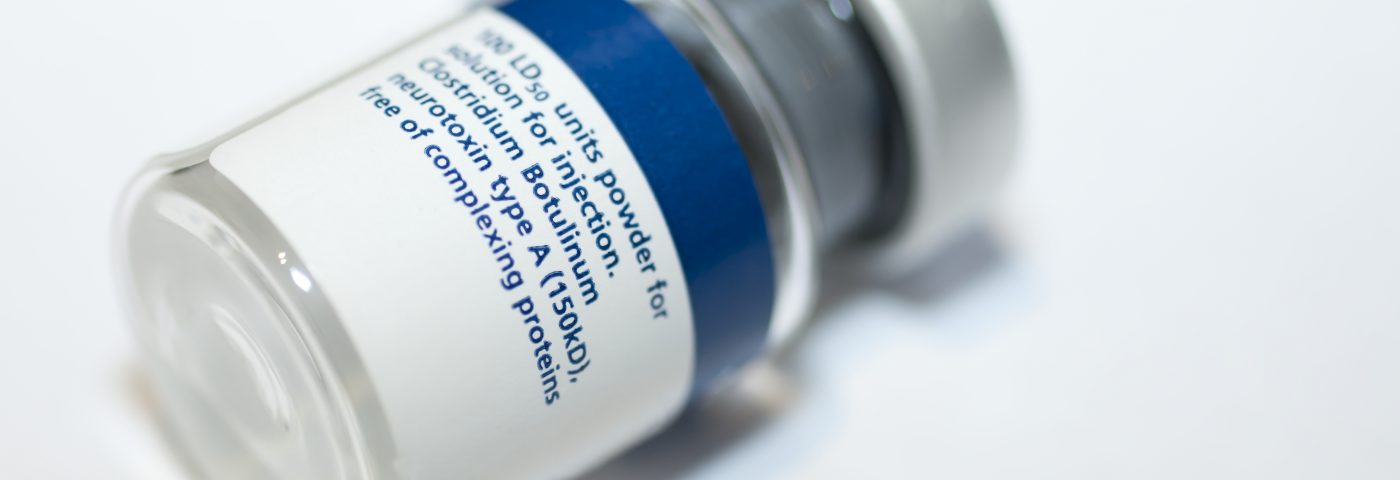Sufficient data does not exist to assess if botulinum toxin is effective in treating symptoms of Raynaud’s phenomenon, a review of previously published studies concluded.
The report, “Botulinum toxin A in the treatment of Raynaud’s phenomenon: a systematic review,” published in the journal Archives of Medical Science, underscored that even though most published studies report good results, randomized clinical trials are needed to better understand if botulinum toxin may benefit patients with Raynaud’s.
Although milder forms of Raynaud’s phenomenon can be managed with lifestyle modifications, such as avoiding cold exposure and coffee, severe cases need to be treated with drugs reducing the signaling of affected nerves, or increasing blood flow.
For patients at the most extreme end of the symptom spectrum, available treatments are often not helpful. During recent years, reports have been published showing that the neurotoxic substance botulinum toxin reduces the severity of the condition.
Botulinum toxin A, commonly called botox, prevents signaling in the nerves causing Raynaud’s, and research shows that it may also reduce pain through other molecular pathways.
Researchers at Poznan University of Medical Sciences in Poland searched databases of scientific literature, clinical trials, and unpublished conference abstracts to access studies of botulinum toxin as a Raynaud’s therapy.
The research team identified 11 studies in the form of two single case reports, six case report series, two open-label trials, and one randomized controlled trial that included a total of 125 patients.
This group consisted of patients with primary Raynaud’s (30 percent), and among the remaining secondary Raynaud’s patients, nearly half had scleroderma.
Studies often lacked in methodology; information on patient and drug history was often missing, and injection sites were inconsistently described, the review found.
Most of the included studies assessed pain, ulcer healing, hand perfusion and hand function measurements. The review found that hand perfusion and function were inconsistently described and so, difficult to compare.
The studies, nevertheless, presented data showing increased finger and toe temperature, improved blood flow, disability improvement, better oxygen saturation, and an overall improvement in Raynaud’s symptoms after botulinum toxin injections. It was difficult for the reviewers to assess reductions in pain and the healing of ulcers, since data was often missing.
The only controlled clinical trial reported that the treatment improved the temperature of affected fingers or toes, but found no difference in recovery time when patients were exposed to cold. The trial did not report on pain or ulcer healing.
The review noted that the variability, and the small number of patients involved in the studies, made it difficult to assess the effectiveness of the treatment.
“There is insufficient evidence to assess the efficacy of botulinum toxin A in Raynaud’s phenomenon. Despite many promising reports, further research in the form of randomized controlled trials is warranted in order to investigate this new treatment method for Raynaud’s phenomenon,” the researchers concluded.


